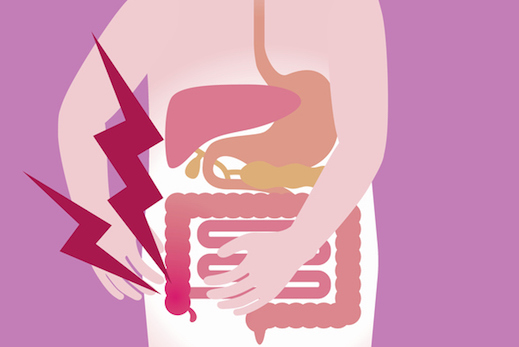Children in the United States whose families visited a doctor in the previous year were less likely to experience a common complication of appendicitis, an analysis of insurance claims shows.
The results were published online on Jan. 31 by JAMA Surgery.
After symptoms appear, delays in treatment lead to higher rates of a perforated or ruptured appendix. The study suggests that families with an established relationship with their primary care doctor are more likely to seek emergency care promptly when a child is experiencing painful symptoms, says lead author Mehul Raval, MD.
Raval is
"Starting with debates over Medicaid expansion, extending to
"Appropriate utilization of available care is multifactorial and measures the less modifiable attributes of health literacy and trust in the medical system," he adds. "This is one of the first studies of its kind to demonstrate an association between utilization of primary care services and outcomes for an acute surgical condition."
The admission rate for perforated appendicitis is tracked nationwide by the Agency for Healthcare Research and Quality as a community-level indicator of quality and access. A perforated appendix means a longer hospital stay and is more likely to lead to systemic infection and the dangerous complication of sepsis.
All of the roughly 19,000 children covered in the study had insurance. Raval, Emory general surgery resident Katherine Baxter, MD, and colleagues analyzed claims from the years 2010-2013 from the Truven MarketScan insurance database, which covers large employers.
Overall, 86.3 percent of the children who came to a medical center with appendicitis had an outpatient
Raval and Baxter noticed that those in families with high out-of-pocket insurance plans had a 40 percent higher rate of perforation.
"The correlation between health care utilization and decreased appendiceal perforation remained significant after controlling for socioeconomic status (SES)," the authors write. "These results are even more striking since all patients were insured and had relatively equivalent baseline health care access."
In fact, families in the middle-income groups - 25 to 75 percentile, corresponding to household incomes of $57,100 to $72,400 -- had higher rates of perforation compared with the lowest income group. Their rates were 23 percent and 38 percent higher (25 to 50 and 50 to 75 percentile, respectively) compared to the lowest income group. The 50-75 percentile group had the largest proportion of high out-of-pocket plans.
The research was supported by Emory University and Children's Healthcare of Atlanta. Raval also receives research support from the Agency for Healthcare Research and Quality and the US Food and Drug Administration independently of this study.

